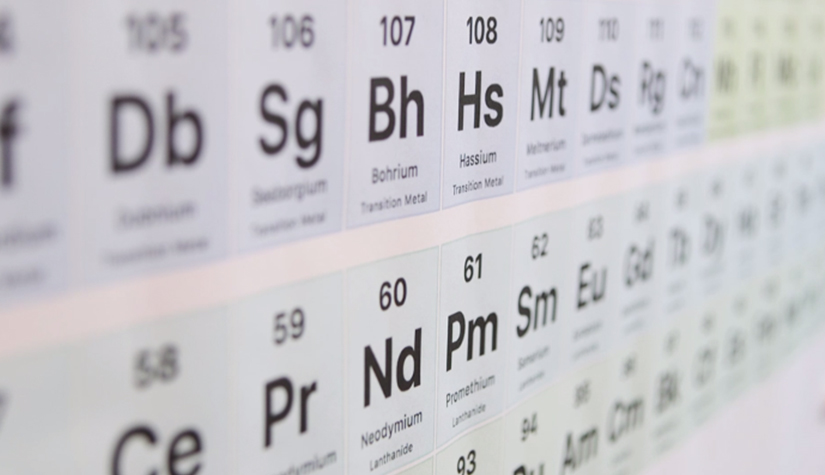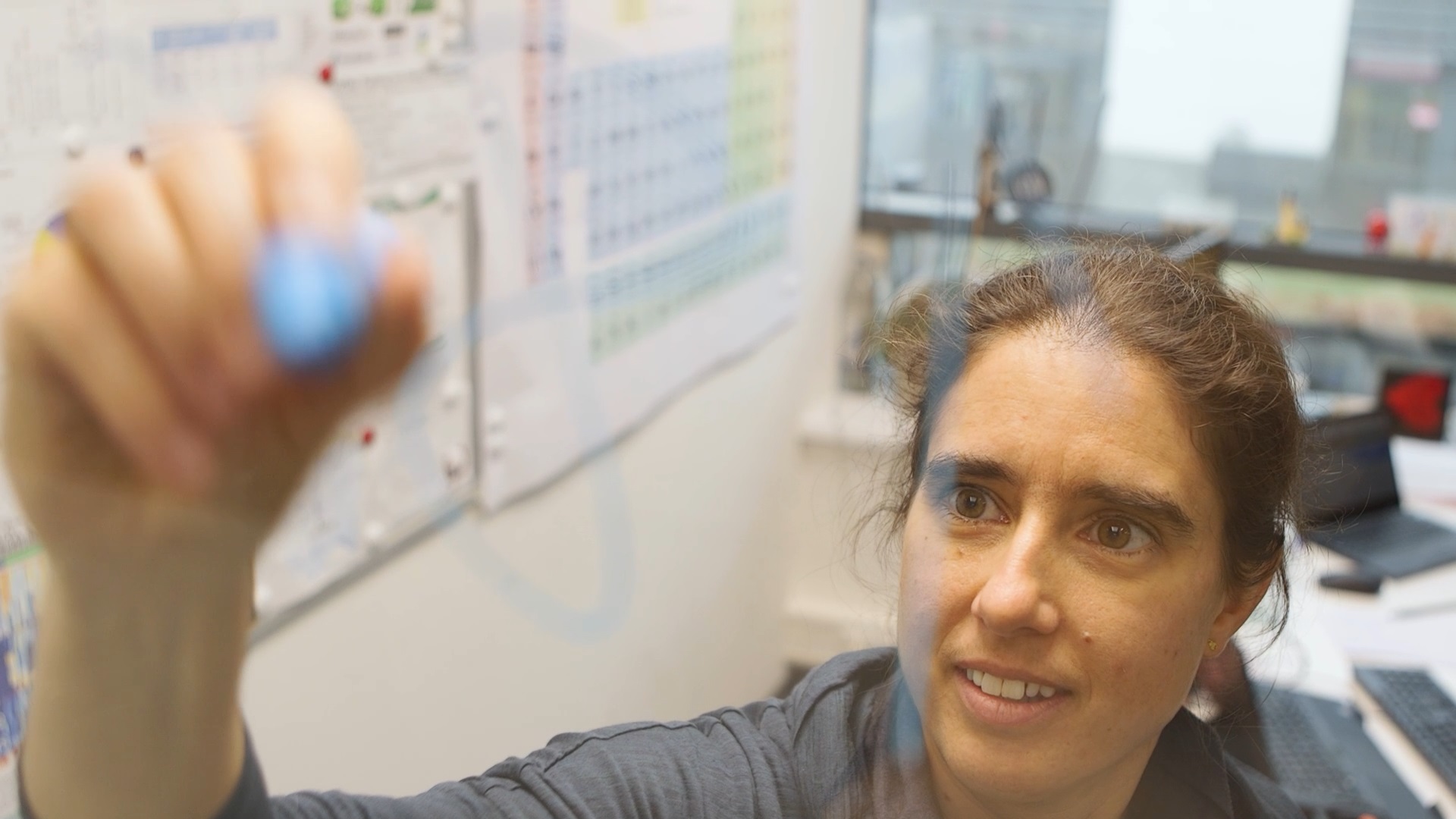A glimpse into our research
We do detective work: chasing unknown chemicals and effects. The mixture of chemicals to which we are exposed is incredibly complex. By developing FAIR, Open Science methods for identifying unknown chemicals in humans and our environment, we aim to better understand biological processes leading to diseases – such as Parkinson’s – via exposomics approaches.

